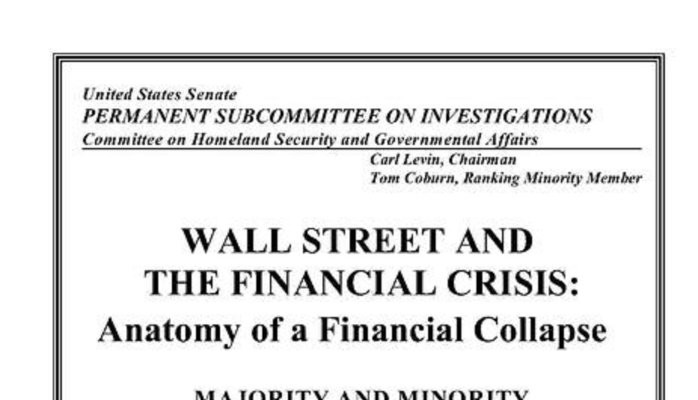Covid19, Virtual Teams and Training
Over the years, advances in technology and employee preferences for a flexible workplace have led many organizations to offer employees the option to work virtually. As the spread of COVID-19 continues, more companies are choosing to allow workers to office remotely.
Having plans in place for virtual and remote work lets organizations meet changing conditions quickly. Figuring out how to manage a workforce with limited physical interaction can be challenging. When virtual team members work remotely, how can they develop an appreciation of other employees strengths and weaknesses to work more efficiently, both as a team and with other parts of the organization? Self knowledge, self compassion and compassion for others.

As importantly, as the distributed workforce becomes a norm, the functional skills of team members is not a guarantee of team effectiveness. Having a team full of people with exceptional technical skills or degrees, the team can still fail to perform as a well developed and cohesive group.
Social Cohesion
Time, guidance, attention to extrinsic and extrinsic motivation are all essential for developing the social cohesion that enhances performance, especially with virtual teams. Brightsity courses not only facilitate virtual connections, but also measurably impact psychological well-being and occupational competencies – all while developing the team culture your organization needs to ensure efficient, trusting relationships.
How a company handles these tough times and changing norms can impact its success, especially as Covid-19 will have a serious impact on the global economy. Brightsity will work with your company to help it gain a huge competitive advantage by leveraging your already most important asset, your people, ensuring your organizational success in our turbulent times.
















